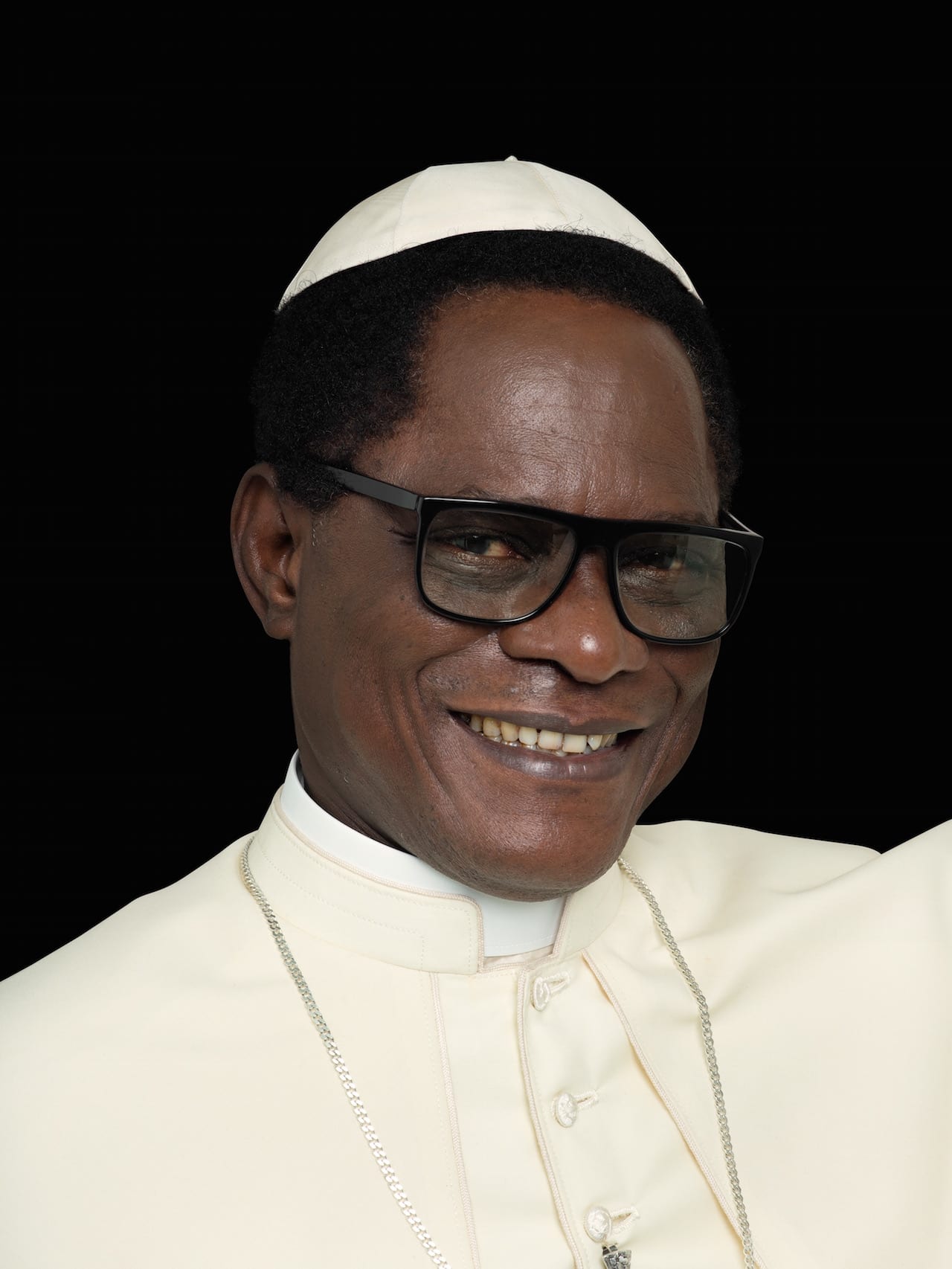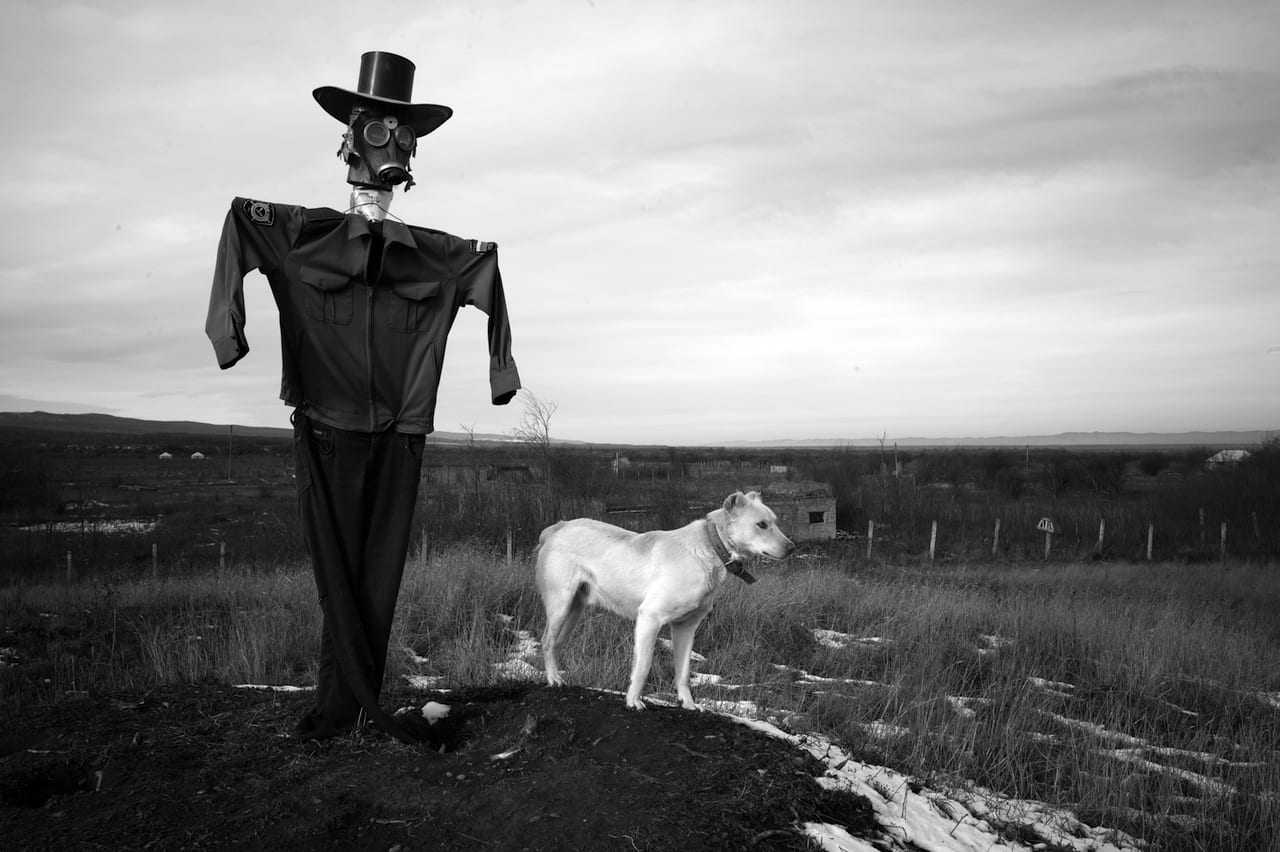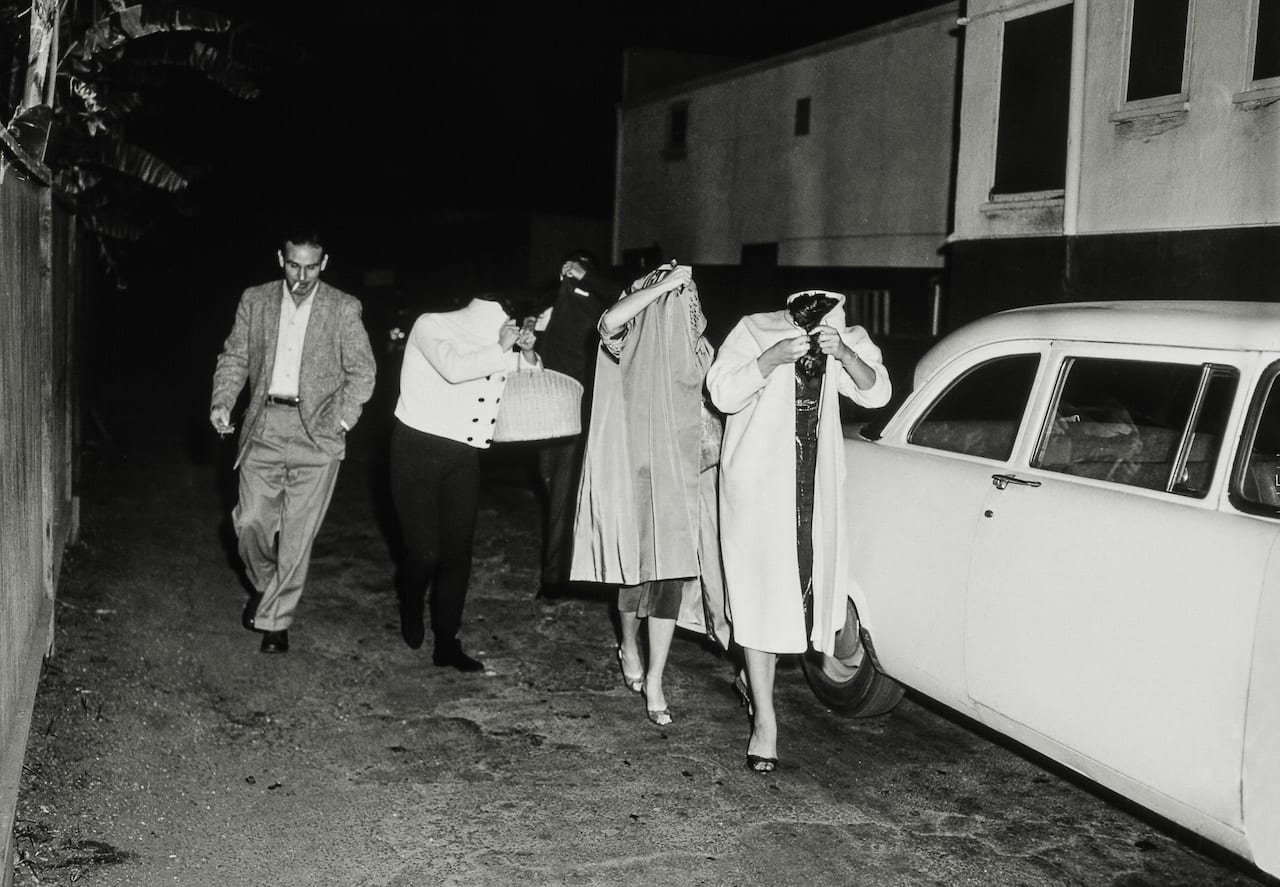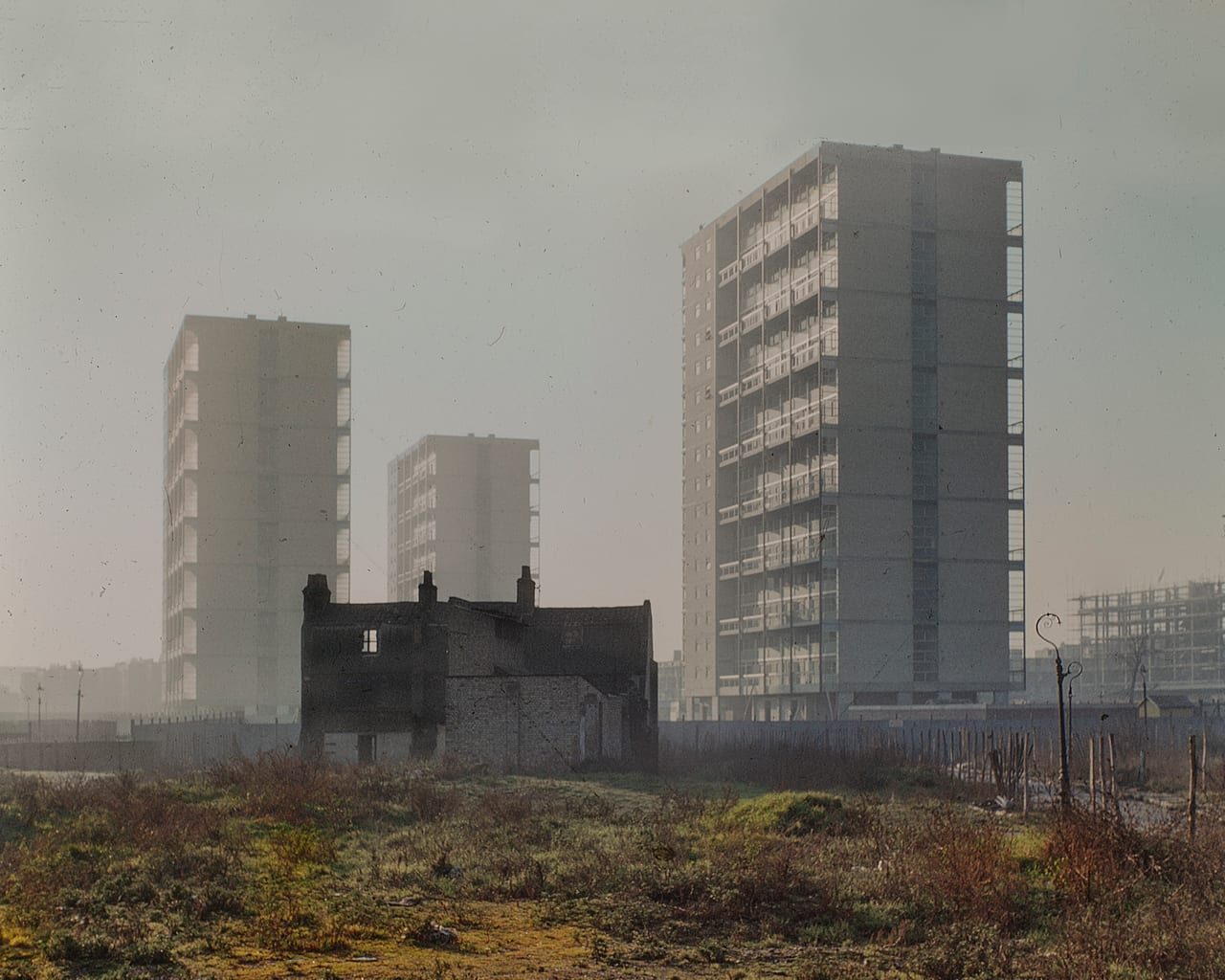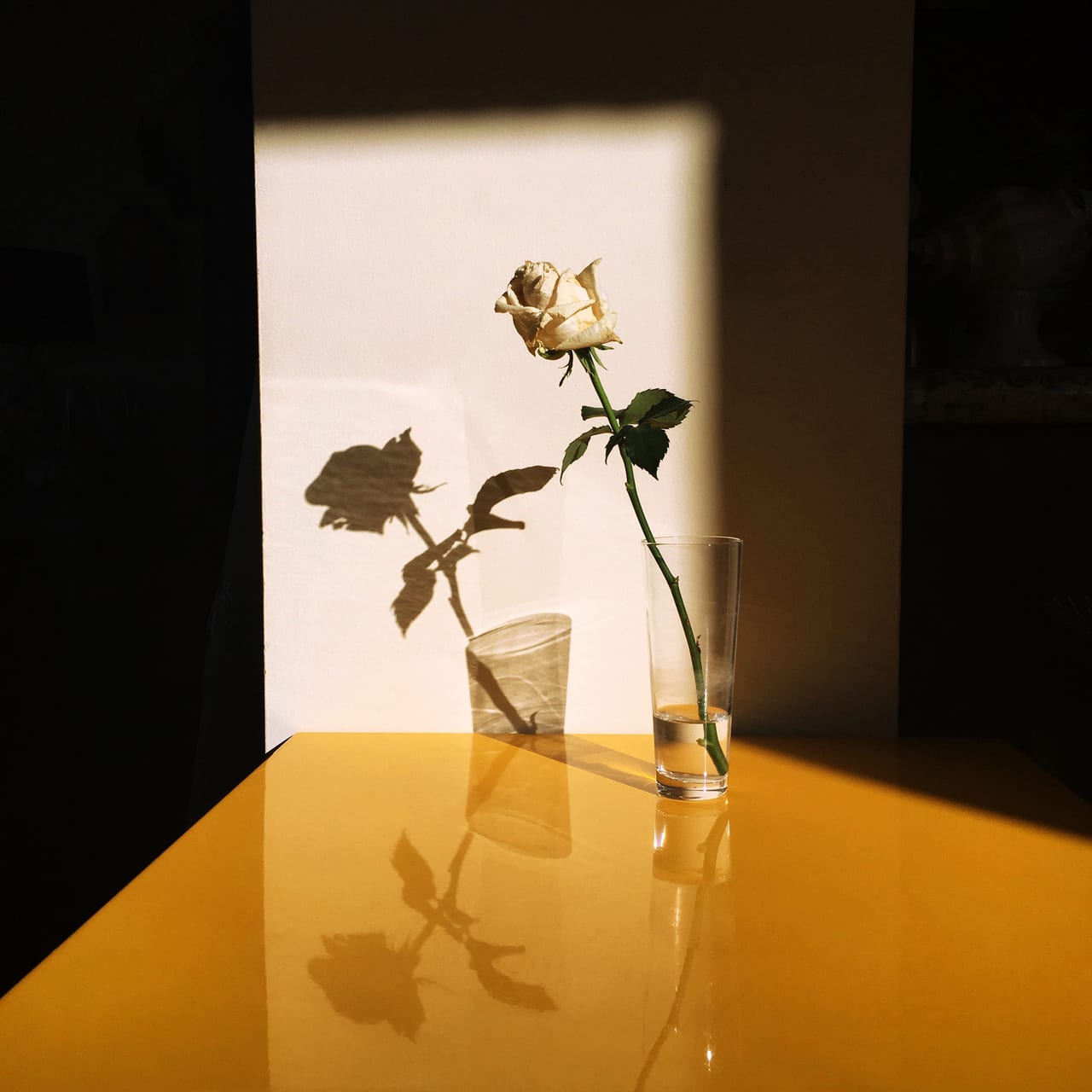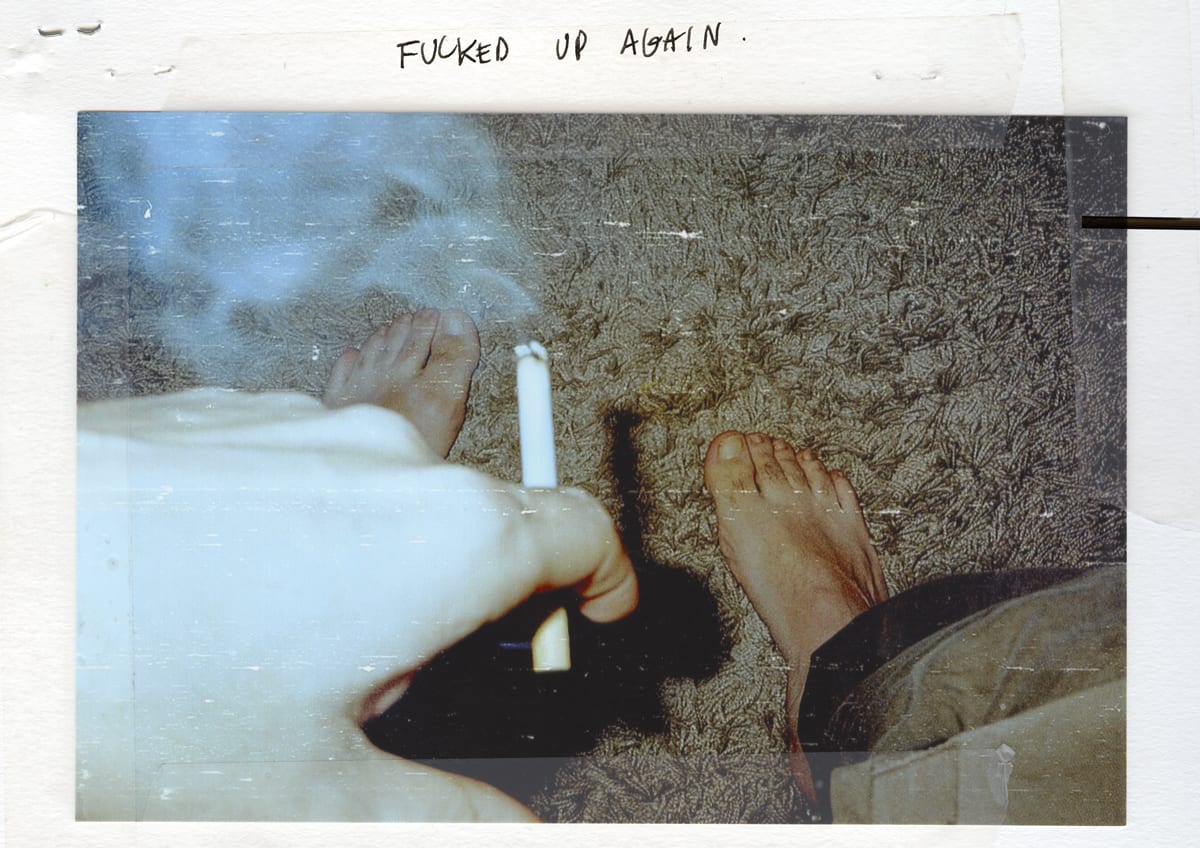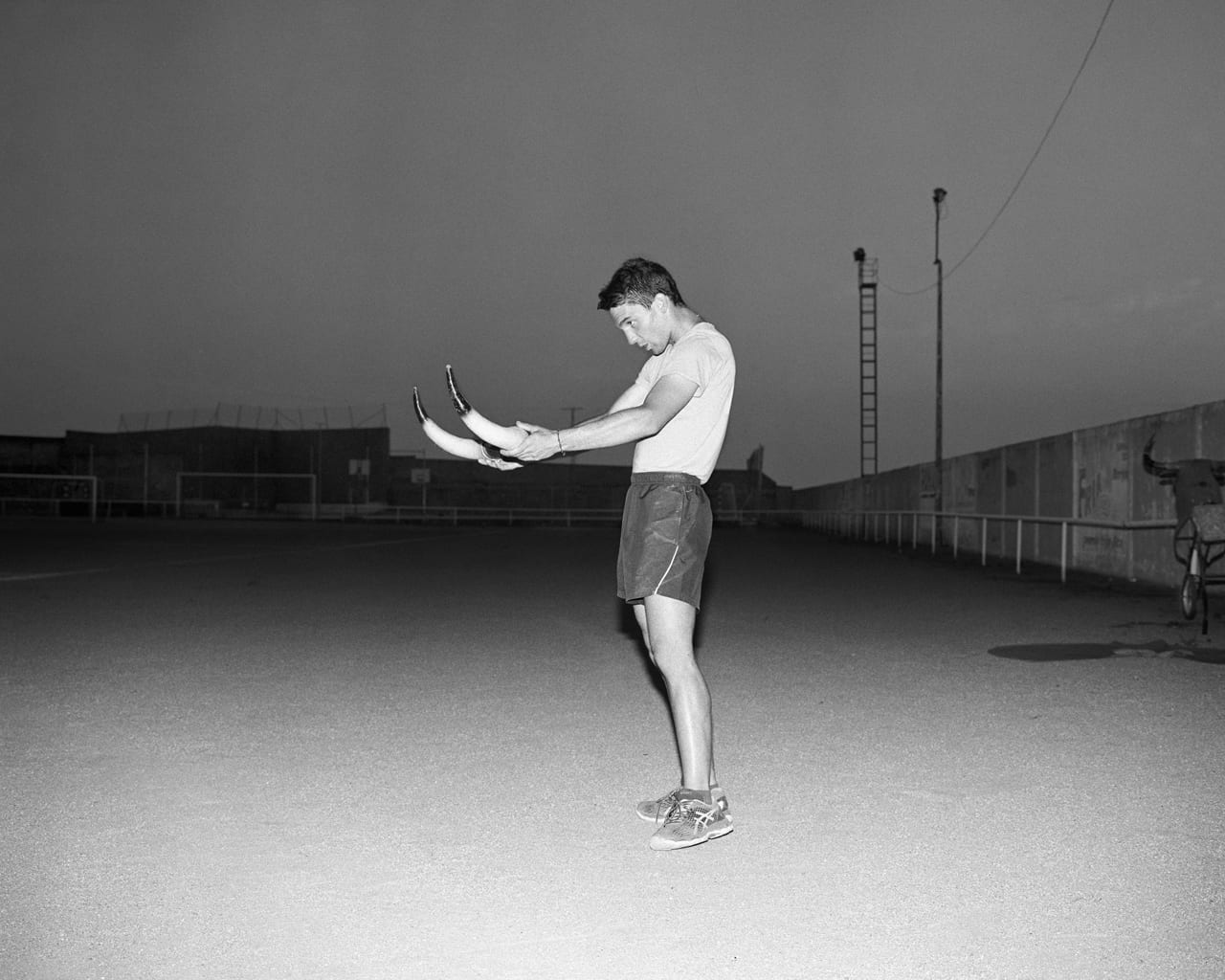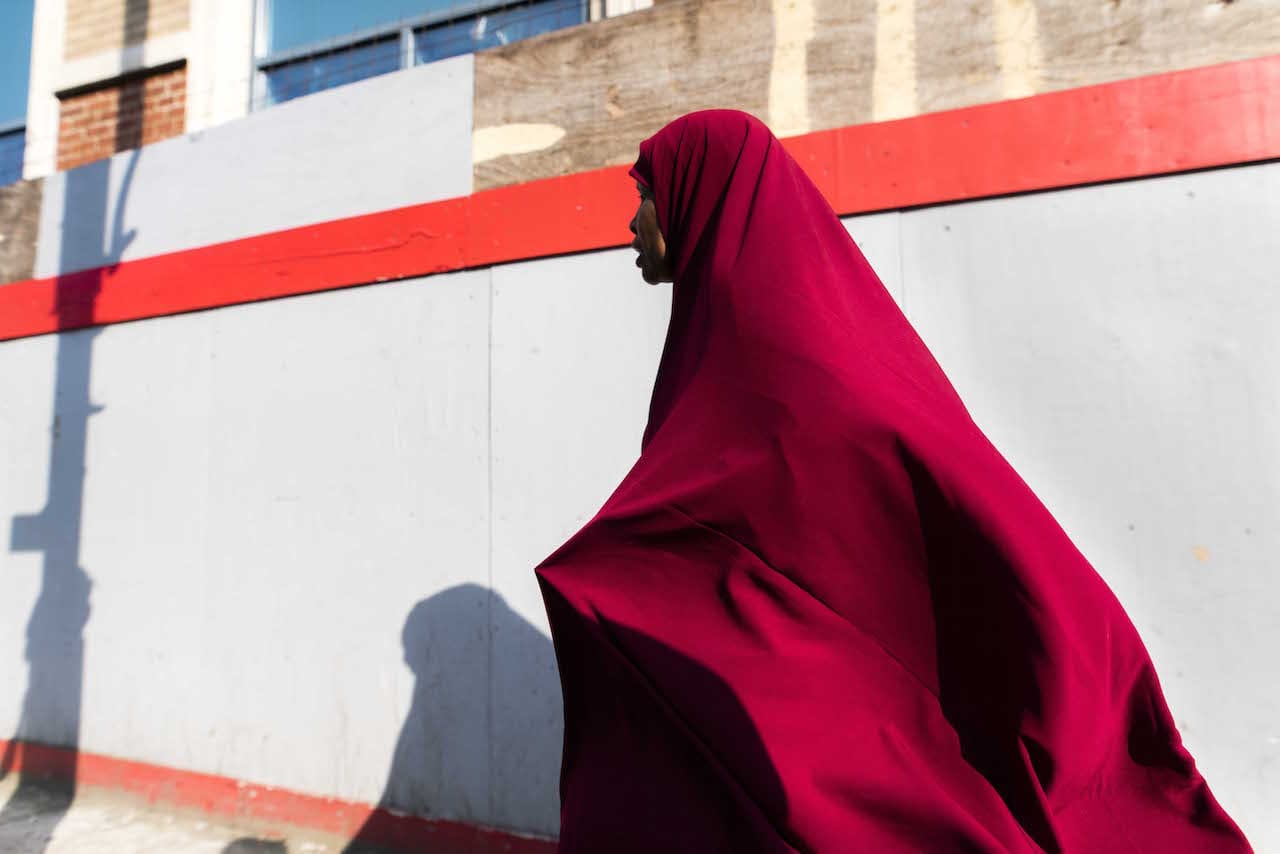Bruce Davidson has won a Lifetime Achievement prize in this year’s ICP Infinity Awards, which will be formally presented on 09 April. Best-known for his two-year project on the poverty-stricken residents of East 100th Street, Davidson joined Magnum Photos in 1958 and showed his work at the Museum of Modern Art in 1963. His work often documents social inequality, and includes iconic series such as The Dwarf, Brooklyn Gang, and Freedom Rides.
